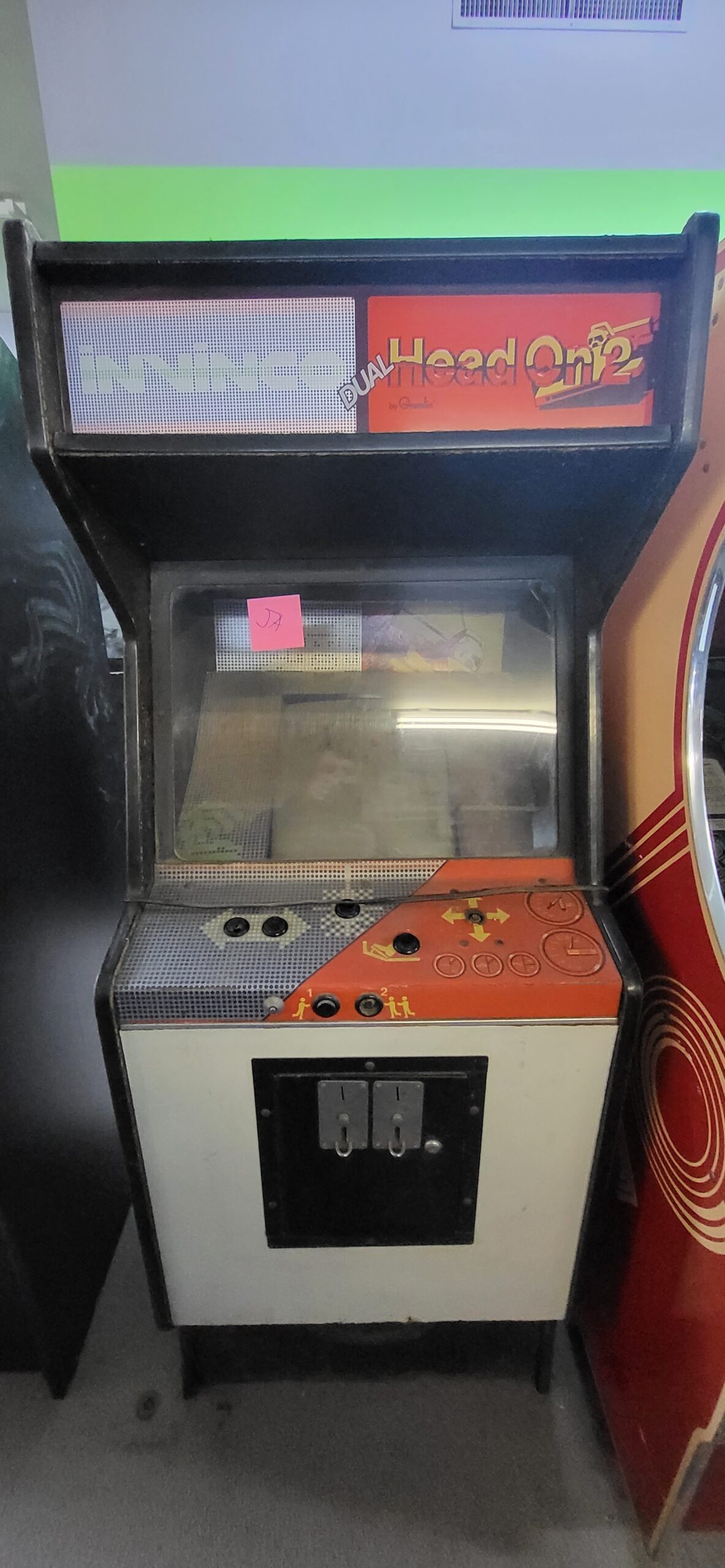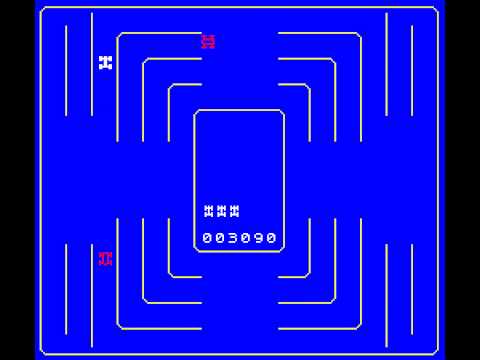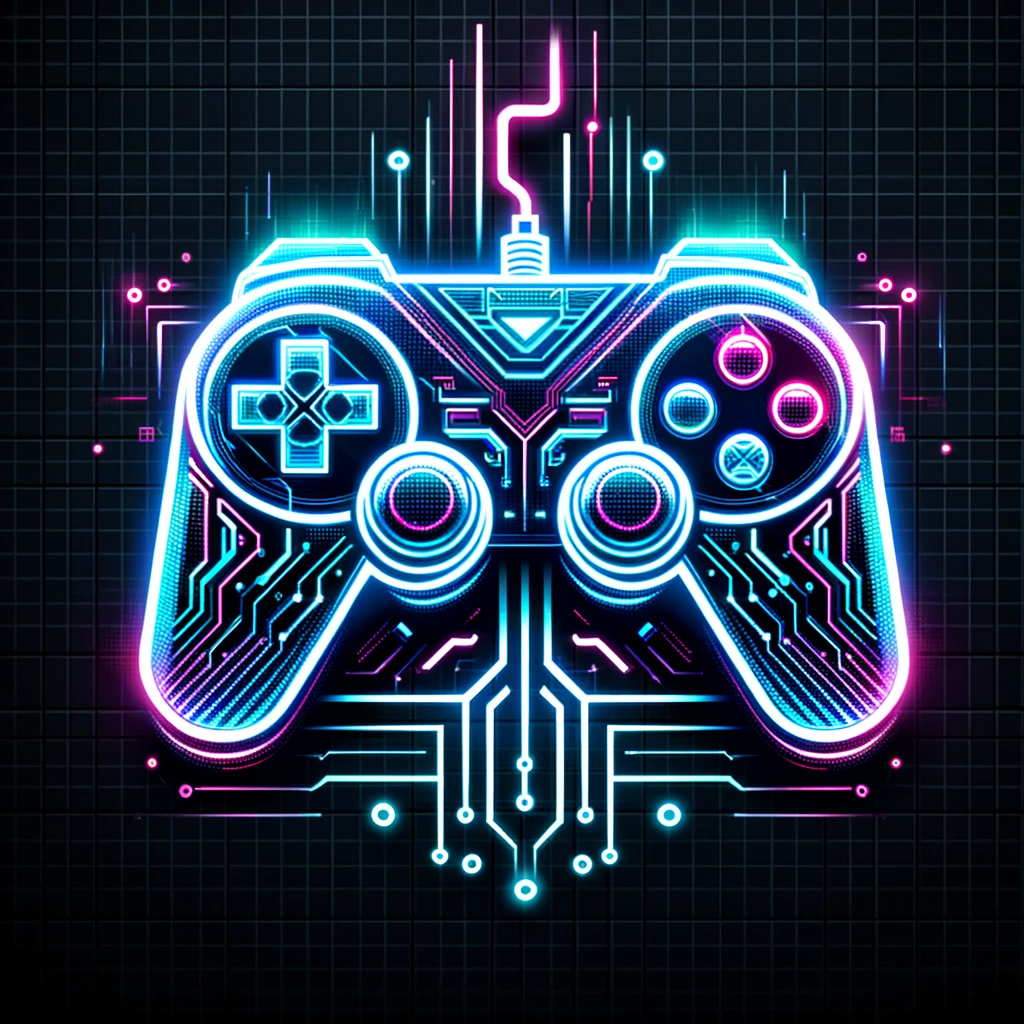
Head On 2
Arcade / Gremlin/Sega 1979
Head On 2 is a classic arcade racing game developed by Gremlin Industries and released by Sega in the late 1970s. It is the sequel to the original Head On, known for its simple yet addictive gameplay. In Head On 2, players control a car navigating through a maze while avoiding collisions with other vehicles. The objective is to collect dots scattered throughout the maze, gaining points and progressing through levels.
Released in 1979, Head On 2 emerged during the golden age of arcade gaming. Gremlin Industries, in collaboration with Sega, aimed to build on the success of the first Head On. The development focused on enhancing graphics, refining controls, and introducing new maze layouts to offer players a more engaging experience. The game’s design reflects the technological limitations of the time, with pixelated graphics and simplistic audio, but it remains a testament to the era’s innovation.
Head On 2 received positive reviews upon its release, praised for its straightforward yet challenging gameplay. Players appreciated the improvements over the original, with the updated mazes adding variety and depth. The game’s success contributed to the enduring legacy of the Head On series and solidified Gremlin/Sega’s presence in the arcade gaming scene.
Head On 2 maintained its standalone arcade format and did not have direct sequels. However, it paved the way for other maze-based racing games in the arcade industry. Titles inspired by the Head On series include Konami’s Rally-X and Namco’s Pac-Man series, contributing to the evolution of the maze-chase genre.
Due to its age and limited production, finding a working Head On 2 arcade cabinet is a rarity. Only a limited number were produced, adding to its collector’s appeal. The value of an original Head On 2 cabinet varies depending on factors like condition, authenticity, and the presence of original artwork.
Head On 2 ran on custom hardware typical of arcade systems from its era. The hardware specifications include a Zilog Z80 CPU, dedicated graphics and sound chips, and a CRT monitor. In case of repairs, enthusiasts and collectors can refer to documentation and online communities dedicated to preserving classic arcade machines. Replacement parts for the controls, monitor, and power supply are typically available through specialized suppliers, ensuring that these nostalgic pieces of gaming history can continue to be enjoyed by generations to come.


